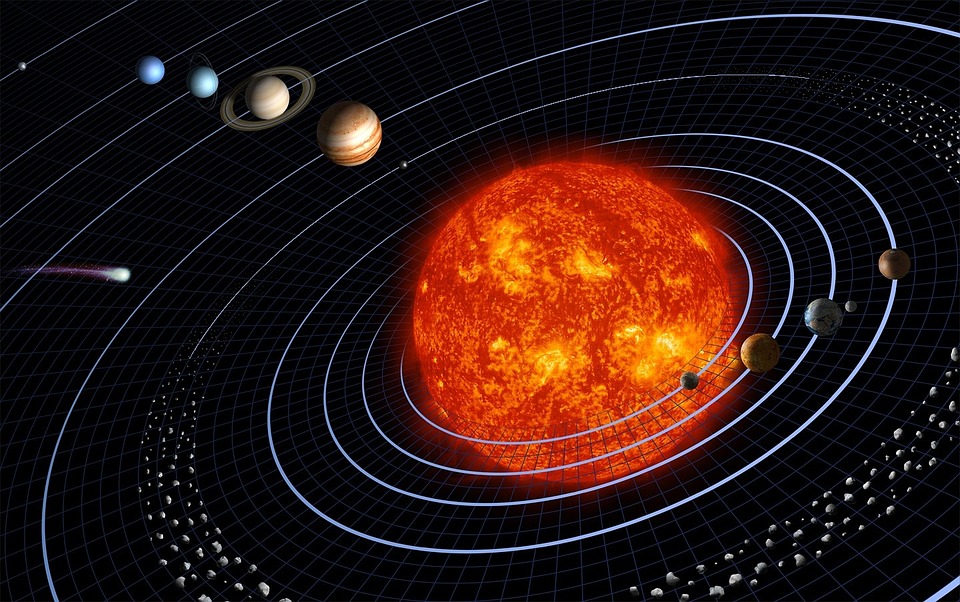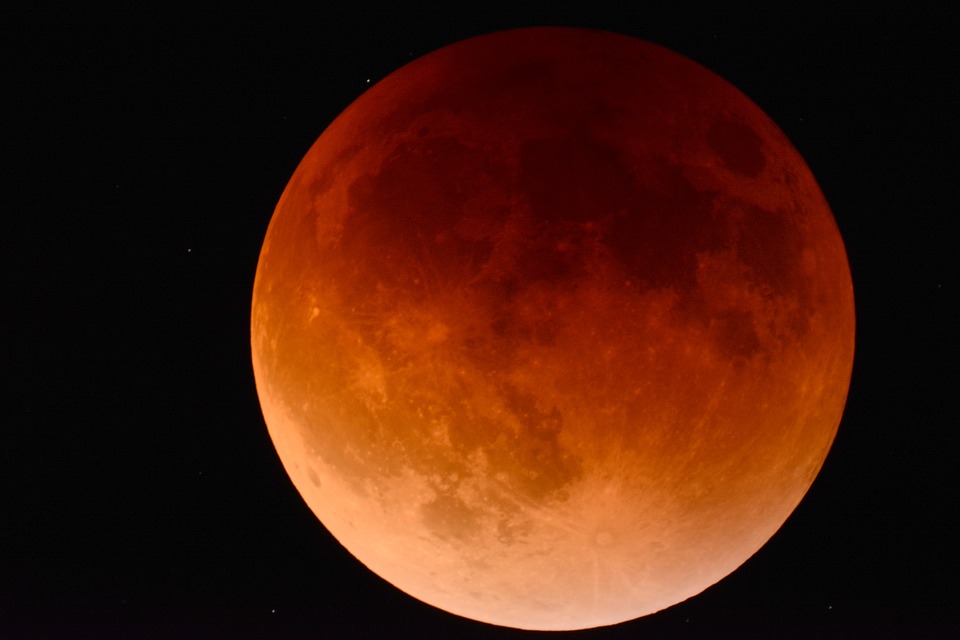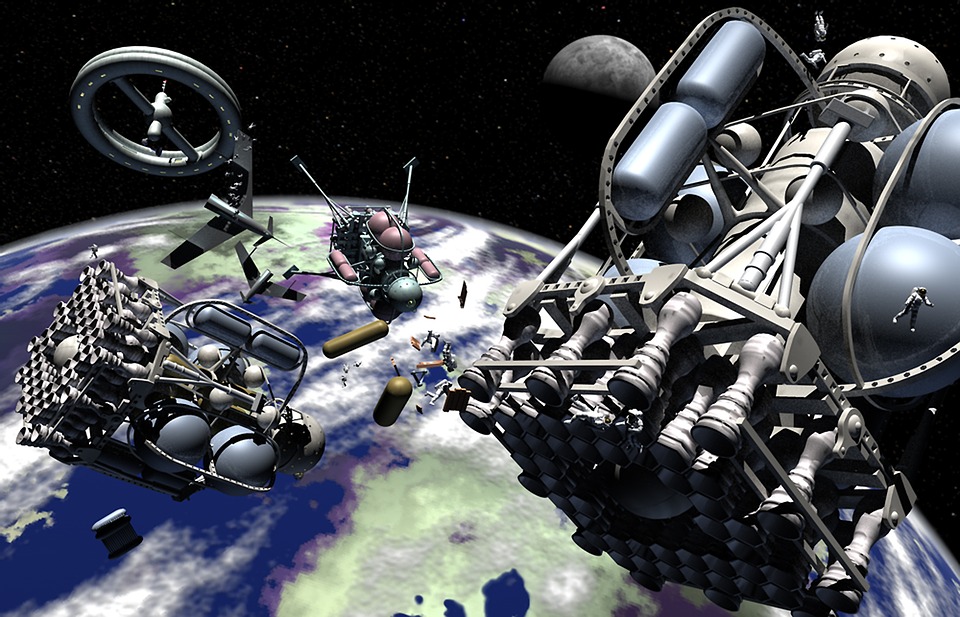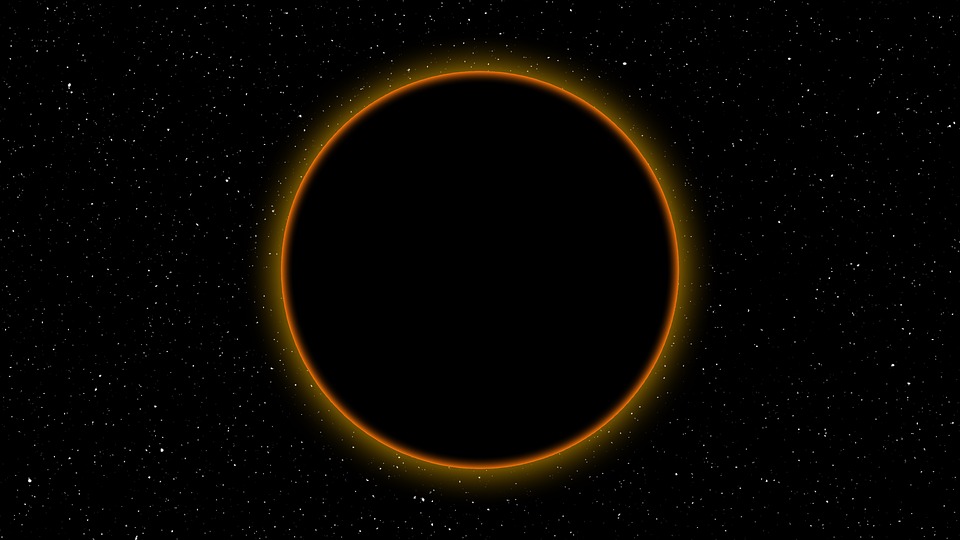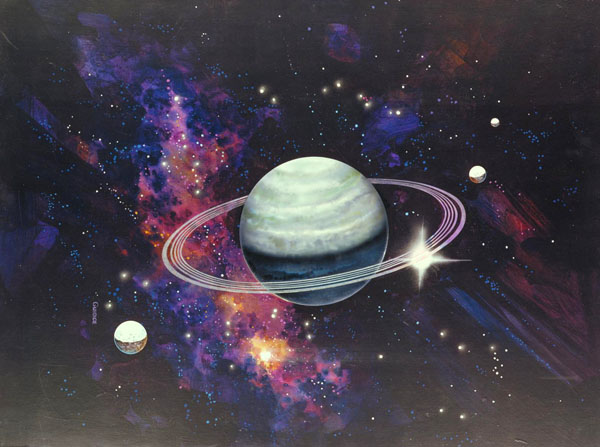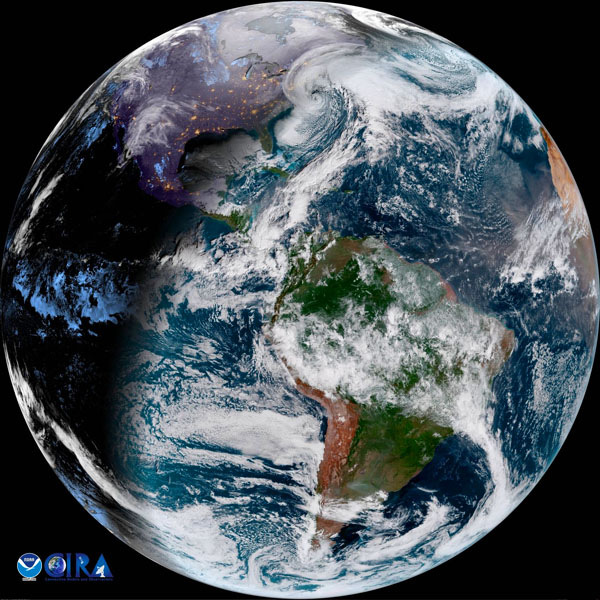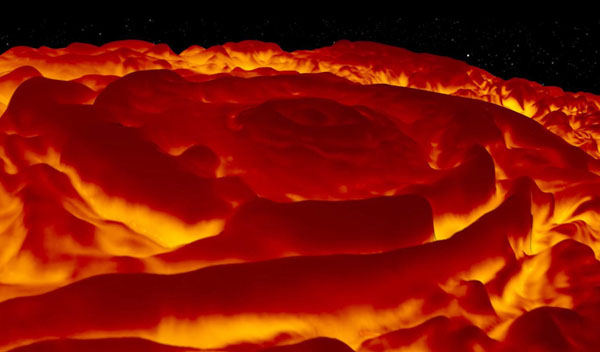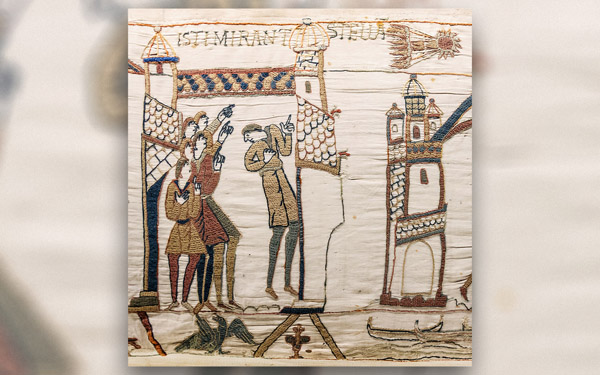FOR WRITERS: Getting Around the Solar System
FOR WRITERS Today’s writer topic comes from QSFer Kethric Wilcox: In SciFi we’re often met with different forms of starship drives from warp drive to improbability drive as a way to cross vast distances at faster than light speed. What is your favorite drive system to use when moving your protagonist from planet A to planet Z? Join the chat



